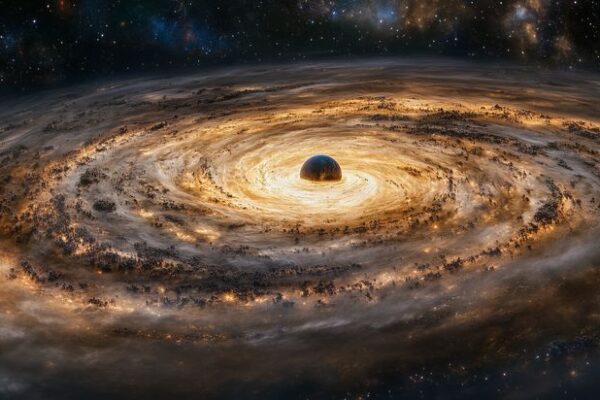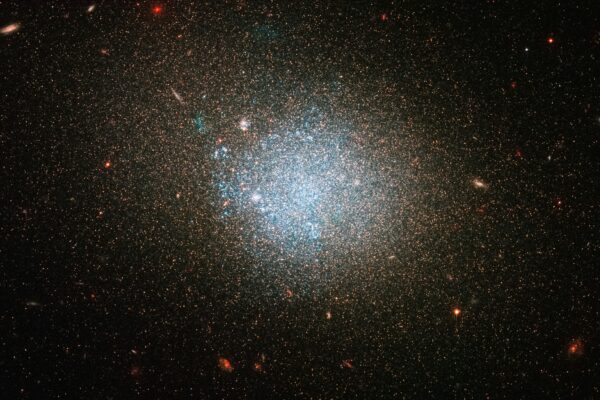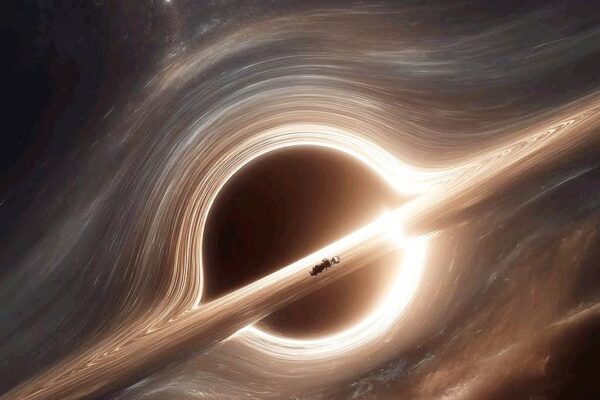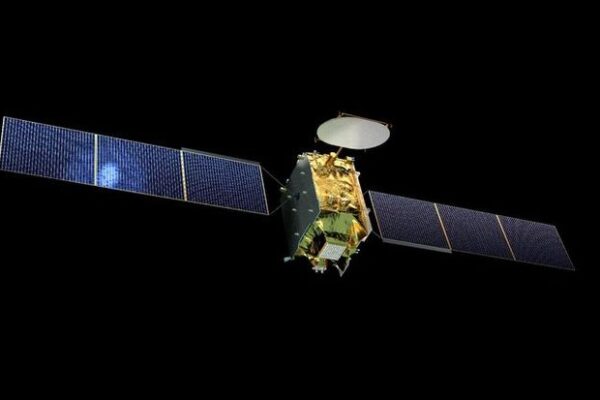
Planet Formation Habitability Factors Show Why the Goldilocks Zone Alone Cannot Support Life
Planet Formation Habitability Factors are rapidly reshaping how astronomers think about life beyond Earth. For decades, planetary habitability was discussed almost entirely within the framework of the “Goldilocks Zone” — the orbital region where temperatures allow liquid water to exist. But new research suggests this zone is only one small part of the puzzle. Being…








